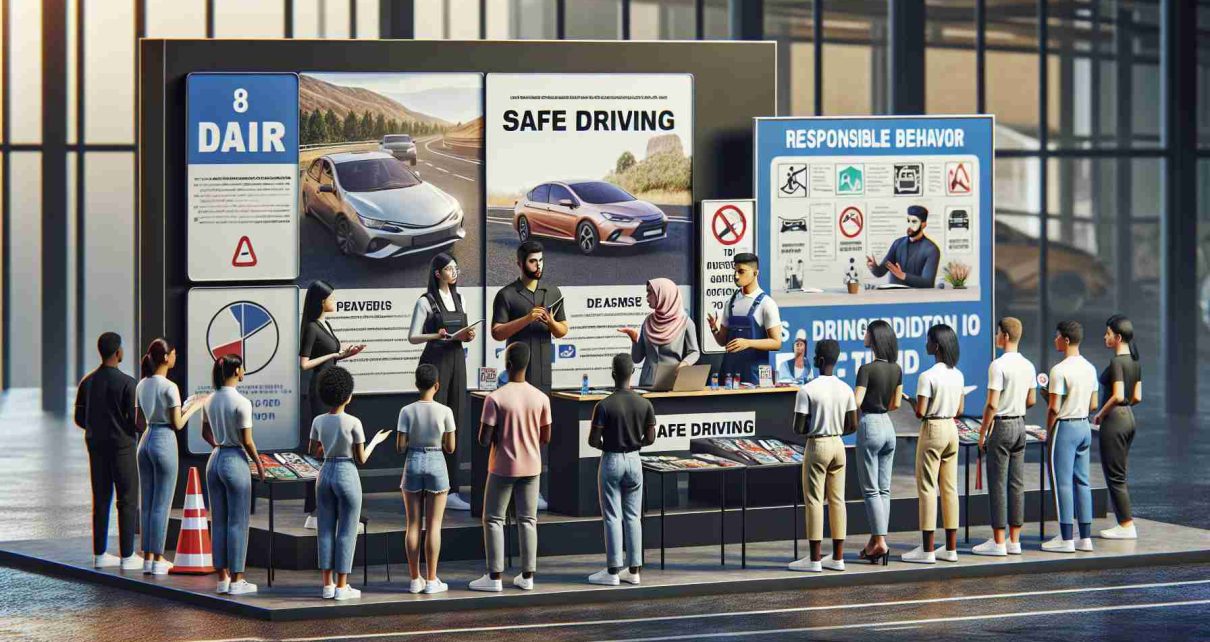Avoiding the Risky Road Behavior: A safety campaign is underway to promote responsible driving habits and deter the consumption of alcohol or drugs while behind the wheel. Officials are urging motorists to exercise caution and refrain from impaired driving to prevent accidents and fatalities.
Increased Vigilance: Police forces are implementing stringent measures to ensure road safety, with increased patrols and checkpoints across all types of roads, day and night. The focus is on deterring individuals under the influence from operating vehicles, aiming to reduce the number of incidents related to impaired driving.
Community Participation: Local governments in larger municipalities are encouraged to join the campaign by conducting their own checkpoints within urban areas. This collaborative effort seeks to create a safer environment on local streets and raise awareness about the dangers of driving under the influence.
Changing Mindsets: Statistics reveal that over half of the drivers involved in fatal road accidents in recent years had tested positive for alcohol, drugs, or psychoactive substances. The campaign emphasizes the importance of responsible decision-making and highlights the grave consequences of impaired driving.
Promoting Safety Culture: By increasing visibility of law enforcement and raising awareness about the risks associated with impaired driving, the campaign aims to foster a culture of safety on the roads. Through education and enforcement, the goal is to reduce incidents of impaired driving and protect lives.
Comprehensive Approach to Safe Driving Campaign: As the safe driving campaign gains momentum, new initiatives are being introduced to further encourage responsible behavior on the roads and address key challenges in promoting road safety.
Integration of Technology: One important aspect that is being included in the campaign is the integration of technology to combat distracted driving. With the rise of smartphones and other electronic devices, distractions while driving have increased, posing a significant risk to road safety. By leveraging technology such as hands-free systems, driver-assist features, and awareness apps, the campaign aims to reduce distractions and improve overall driver focus.
Driver Training Programs: Another essential component of the campaign involves the implementation of mandatory driver training programs for individuals applying for or renewing their driver’s licenses. These programs focus not only on the technical aspects of driving but also on promoting responsible behavior, including the dangers of impaired driving. By equipping drivers with the necessary knowledge and skills, the aim is to enhance road safety and prevent accidents.
Key Questions: What are the most effective strategies for changing driver behavior and reducing instances of impaired driving? How can communities sustain the momentum of the campaign beyond its initial phase? What role does public perception play in influencing safe driving practices?
Challenges and Controversies: One of the key challenges associated with the safe driving campaign is ensuring long-term compliance with safe driving practices. While heightened enforcement and awareness efforts can yield temporary improvements, maintaining a sustained culture of safety requires ongoing education and reinforcement. Additionally, there may be controversies surrounding the implementation of stricter penalties for offenders, with some arguing for rehabilitative measures over punitive actions.
Advantages and Disadvantages: The primary advantage of the safe driving campaign is the potential to save lives and prevent injuries by promoting responsible behavior on the roads. Increased awareness and enforcement can lead to a reduction in accidents caused by impaired driving, contributing to overall road safety. However, a potential disadvantage is the need for continued funding and support to sustain the campaign’s effectiveness in the long term. Without ongoing resources and community involvement, the impact of the campaign may diminish over time.
For more information on road safety campaigns and initiatives, visit National Highway Traffic Safety Administration.



